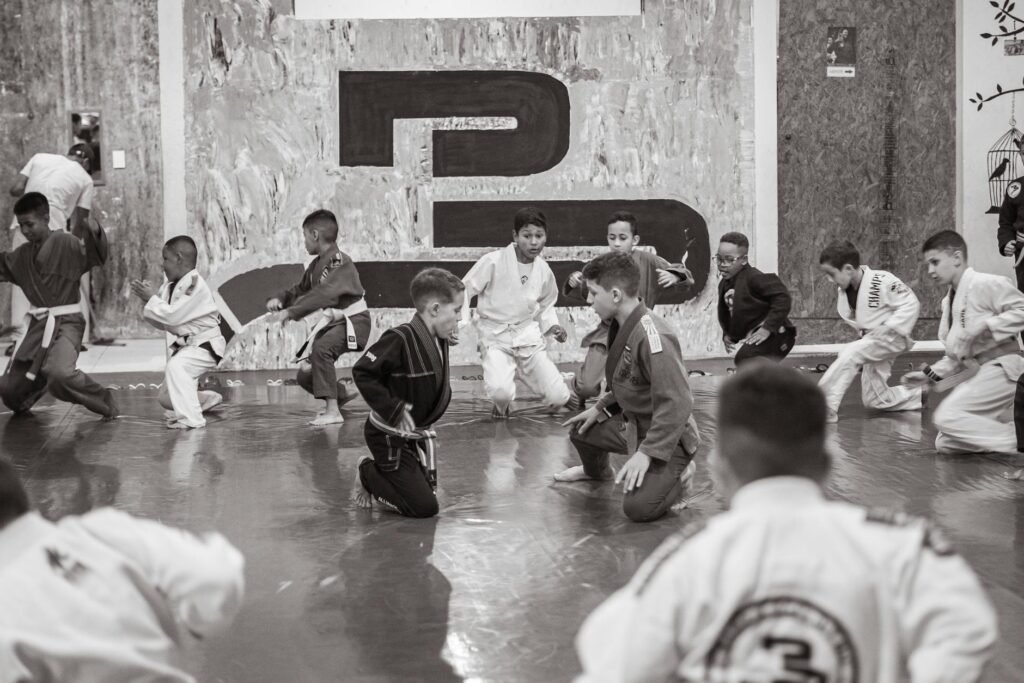What is disconnection practices?

What is disconnection practices?
In today’s hyperconnected world, the concept of disconnection practices has gained significant importance. We’re constantly bombarded with notifications, emails, and social media updates, making it difficult to focus on our tasks or even enjoy a moment of peace. Disconnection practices provide a sanctuary from this incessant digital noise, allowing us to reclaim our time, enhance productivity, and nurture our mental well-being. By consciously stepping back from our devices, we can cultivate a healthier balance between our online and offline lives.
Understanding Disconnection Practices
Disconnection practices refer to intentional methods employed to reduce or eliminate the use of digital devices and connectivity. Their primary goal is to enhance focus, creativity, and mental health by creating space for reflection and mindfulness. These practices can be as simple as unplugging for a few hours or as structured as a full digital detox.
The Importance of Disconnecting
Why is it crucial to disconnect? The answer lies in the relationship between constant connectivity and our cognitive overload. Disconnecting allows our brains to rest and recover, leading to improved productivity and creativity. Studies show that individuals who take regular breaks from their devices often return to their tasks with renewed focus and innovative ideas. In contrast, an unbroken cycle of notifications can lead to burnout, anxiety, and diminished performance.
Types of Disconnection Practices
There are various disconnection practices to choose from, each tailored to meet different needs and lifestyles:
-
Digital Detoxes: A temporary suspension of all digital device usage, ranging from a day to several weeks. Many people find that doing a digital detox can lead to significant improvements in their mental health and interpersonal relationships. For a comprehensive overview of the benefits of a digital detox, explore resources like Lifespan.
-
Time-Blocking: Allocating specific blocks of time for focused work without interruptions, including phone checks or social media scrolling. This method helps create a more structured day, allowing for deeper concentration on tasks.
-
Scheduled Breaks: Setting aside regular intervals throughout the day to step away from screens. Even a five-minute break every hour can improve focus and mental clarity.
-
Tech-Free Zones: Establishing areas in your home or office where no digital devices are allowed, encouraging mindfulness and relaxation.

Photo by SAULO LEITE
Benefits of Implementing Disconnection Practices
Embracing disconnection practices can lead to an array of benefits that impact various aspects of life.
Enhanced Focus and Concentration
One of the most immediate benefits of disconnecting is the enhancement of focus and concentration. When we reduce distractions, we can hone in on our tasks more effectively. Research indicates that people who practice regular disconnection experience longer attention spans and improved task completion rates.
Improved Mental Health and Well-Being
Taking breaks from the digital world can significantly reduce stress and anxiety levels. Engaging in disconnection practices allows individuals to recharge and reconnect with themselves and their surroundings. A digital detox can foster better emotional health by promoting relaxation and improving mood.
Strengthened Work-Life Balance
Creating boundaries between work and personal life is essential for overall well-being. Disconnection practices can help establish these boundaries, ensuring that work doesn’t encroach upon personal time. With clearer separation, individuals can enjoy their leisure moments without the constant pull of work-related communications.
How to Incorporate Disconnection Practices into Daily Life
Adopting disconnection practices doesn’t have to be overwhelming. Here are some practical tips to seamlessly integrate them into your everyday routine:
Setting Boundaries with Technology
Determine specific times during the day when you’ll check emails or social media. By creating a schedule, you can avoid the temptation to constantly engage with your devices, freeing up time for more meaningful activities.
Creating Disconnection Zones
Designate certain areas in your home or workplace as tech-free zones. These spaces can serve as sanctuaries for relaxation or focused work. Whether it’s your dining room or a cozy nook in your office, having a dedicated area can help remind you to disconnect.
Practicing Mindfulness and Presence
Engage in mindfulness exercises that encourage you to step away from the digital world. Activities like meditation, yoga, or simply enjoying nature can help cultivate a sense of presence and awareness, making it easier to disconnect.
Embracing Disconnection for a More Productive Life
In conclusion, disconnection practices offer a pathway to improve our productivity, mental health, and overall quality of life. By intentionally stepping back from our devices, we can enhance our focus, reduce stress, and create a healthier balance between our work and personal lives. It’s time to embrace these practices and enjoy the myriad benefits they bring. Start small by adopting one or two strategies today, and watch how they transform your daily experience.